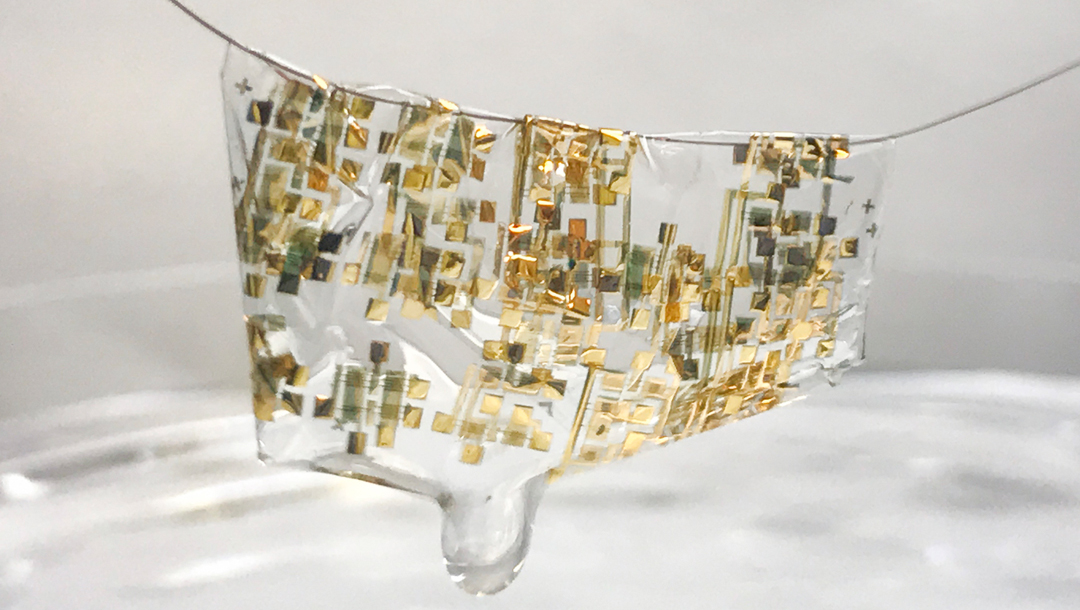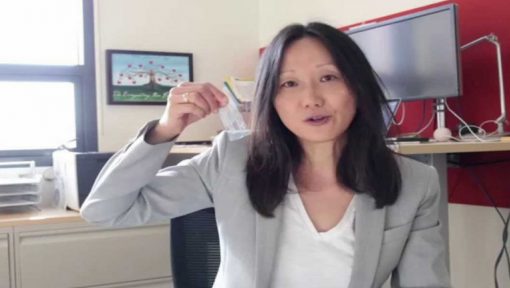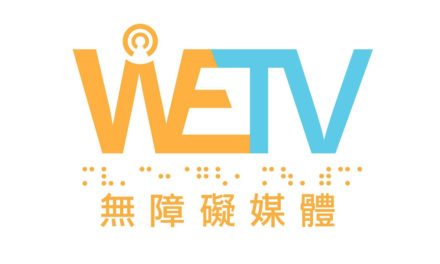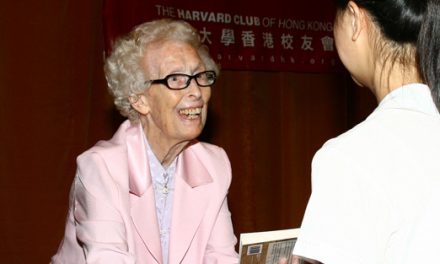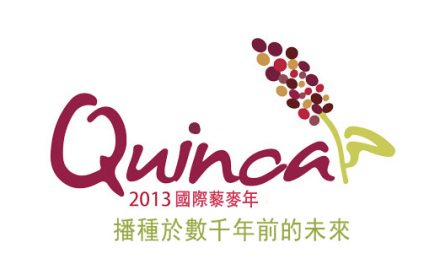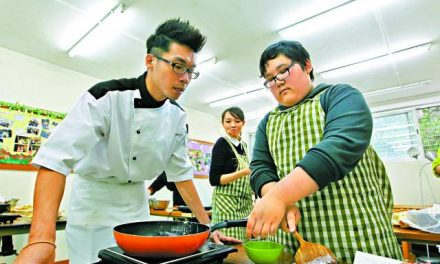Plastic has been the most popular materials but also a major source of global waste in the modern world. According to a recent study by the United Nations University’s Sustainable Cycles programme (UNU), the amount of e-waste in Asia has risen by 63 percent in the last five years.
“Imagination is more important than knowledge.” Albert Einstein
Scientists never stop finding new materials with new technology to make our life better. As an world known expert in studying flexible electronics and artificial skins, Stanford engineer Zhenan Bao and her team of researchers recently develop an organic, biodegradable semi conductor which can be widely applied to medical and environmental electronics which help to solve our growing e-waste problem.
“In my group, we have been trying to mimic the function of human skin to think about how to develop future electronic devices,” Bao said. She described how skin is stretchable, self-healable and also biodegradable – an attractive list of characteristics for electronics. “We have achieved the first two (flexible and self-healing), so the biodegradability was something we wanted to tackle.”
Currently the flexible semiconductor is built on a base of cellulose, the main ingredient in plant fibers. The team created a flexible electronic device that can easily degrade just by adding a weak acid like vinegar. The finding results were published May 1 in Proceedings of the National Academy of Sciences. Besides, the team developed a new type of electrical component and a substrate material that attaches to the entire electronic component. Electronic components are usually made of gold. But for this device, the researchers crafted components from iron. Bao noted that iron is a very environmentally friendly product and is nontoxic to humans.
Bao, a professor of chemical engineering and materials science and engineering in Standford University, had previously created a stretchable electrode modeled on human skin. She was recognised as one of the top 10 of the year by Nature magazine in 2015 for her long time research in flexible electronics and artificial skin. In 2017, she received the “World Outstanding Female Scientist Award”.
Whatever the application, given that the number of electronics is growing year on year, biodegradability of such devices is going to be an increasingly important feature. We generate millions and billions of cell phones which hard to decompose. They hope they can develop materials that can be decomposed with less waste production.
Source of information: Standford News & Seeker
Photo: YouTube

